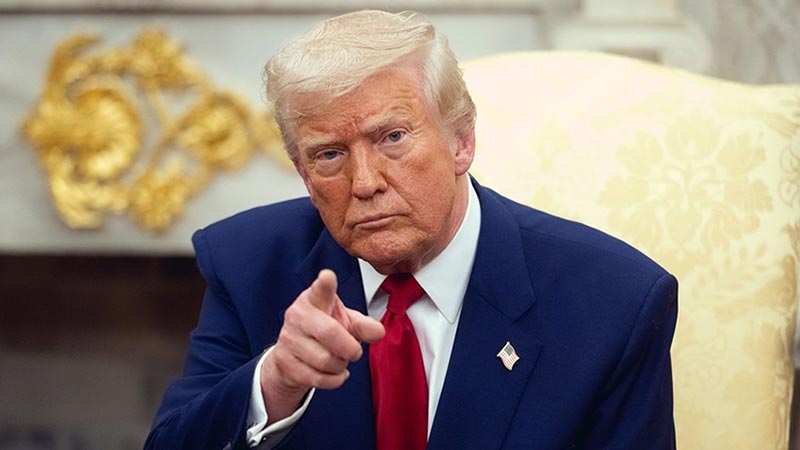On July 22, President Trump announced a new trade deal with Japan, marking a significant milestone with one of the US’s main allies. The deal was finalized after intense negotiations, resulting in a 15% tariff on Japanese imports, including vehicles, and a commitment from Japan to invest in the US. The deal also avoided the threat of a 25% tariff on Japan and helped strengthen diplomatic and economic ties between the two countries.
Tariff Reduction and Auto Sector Relief
The trade deal was finalized with a 15% tariff on Japanese imports, including vehicles and parts. This rate was reduced from the original 25%, which was set to take effect in August if no trade agreement had been reached. ⁽¹⁾
The reduction in the tariff rate is beneficial for Japan’s automobile industry, which accounts for around 80% of its substantial trade surplus with the US. Japanese Prime Minister Ishiba stated that this is the lowest tariff rate among nations with a trade surplus with the US. Japan will now allow US-made vehicles that meet American safety standards to be imported without any additional requirements, potentially boosting US auto exports. ⁽²⁾
Shares of Japanese automakers surged following the announcement of the trade deal. Honda’s stock jumped more than 11%, Toyota increased over 15%, Nissan rose over 9%, Mazda surged over 17%, and Mitsubishi Motors gained more than 13%. ⁽³⁾
Japan Commitment for a $550 Investment
Japan committed to invest $550 billion in a US-backed fund. Supported by loan guarantees, the fund aims to support projects in semiconductors, steel, shipbuilding, aviation, energy, and AI. The US will receive 90% of the profits from these investments, while Japan will receive 10%. ⁽⁴⁾
US Commerce Secretary Howard Lutnick played a key role in forming the fund. During the final moments of the meeting in the Oval Office, President Trump pushed for the investment amount to be increased from the initially proposed $400 billion to $550 billion. ⁽⁵⁾
Japan also agreed to several other investment commitments, including:
- Boeing and Agriculture: Japan will purchase 100 aircraft from Boeing, increase US rice imports by 75%, and buy more US agricultural products.
- Defense Spending: Japan will boost its defense expenditures by engaging more with US defense companies, with a target of $17 billion annually.
- LNG Pipeline: Japan will participate in a joint venture for a $44 billion LNG (Liquefied Natural Gas) pipeline project in Alaska.
Additionally, Japan will receive a safeguard clause, ensuring it faces the lowest tariff rates in specific sectors, including pharmaceuticals and semiconductors. ⁽⁶⁾
Negotiations and Political Context
The deal was finalized after eight rounds of negotiations, with President Trump lobbying for better terms during the final meeting with Japan’s chief trade negotiator Ryosei Akazawa, alongside Commerce Secretary Lutnick and Treasury Secretary Scott Bessent.
Japanese Prime Minister Ishiba praised the agreement, although he is already facing challenges due to the loss of the Upper House election. The Liberal Democratic Party’s poor performance has undermined his leadership, with reports suggesting he may resign.
Despite tensions between the US and Japan over defense spending, both leaders emphasized the deal’s potential to create jobs and strengthen collaboration.
Looking Ahead
The trade agreement is part of President Trump’s broader strategy for reciprocal tariffs, announced on Liberation Day back in April, aimed at addressing trade imbalances with nearly all of the US’s trading partners. As the August 1 deadline approaches, the US has secured deals with the UK, Indonesia, Vietnam, Philippines, and eased trade tensions with China.
Negotiations with the European Union, India, and over 150 smaller economies are ongoing, with expectations of blanket tariffs of 10-15% for some countries. The Japan deal, described by President Trump as “perhaps the largest deal ever made,” has generated positive sentiment in global markets.



